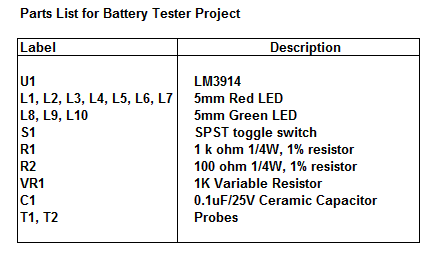The Spycam Video Sunglasses are not intended to be part of any disguise - they are the disguise - concealing a tiny video camera in the center of the glasses. Capable of capturing excellent quality video and audio, these Spycam Video Sunglasses can be
comfortably worn nearly anywhere to help you get the footage. Video is stored in AVI format on a Micro SD card. These glasses also feature easy-to-use controls which are located on the glasses frame. The built-in battery is rechargeable via USB connection and has a battery operating life of about 3-4 hours.
Features
- Sunglasses that capture excellent video and audio
- Built-in rechargeable Lithium-Ion battery
- User friendly operation buttons for easy control
- 4GB memory card is included (Micro SD) - supports 8GB max
- Video file format: AVI
- Resolution: 640x480
- Weight is 1.4 oz (39g)
- Includes: Sunglasses, Memory card, USB cable, User manual, Carry case, Cleansing cloth, AC Adapter





